|
When I first started sewing, I felt quite intimidated by skirt vents. Over time, I’ve learned that a classic skirt vent looks a lot more complicated to sew than it actually is. For those that don’t know, a vent is a type of slit usually added to the back of a non-stretch (woven) skirt or dress in order to add flexibility when walking or sitting. Although they can alter a garment aesthetically, vents have a mostly functional use. They are necessary for skirt/dress bottoms that are more form fitted with fabrics that do not provide enough stretch for movement. Vents are usually understated and tend to blend into seams- conventionally added to center back seams. Given that they have a purely functional purpose, they should stay closed and blend into the garment’s design when stationary and separate slightly to allow for the necessary amount of flexibility when moving. Unlike a slit, it is rare to find a skirt or dress vent designed to stand out aesthetically; however, a vent is visually a somewhat tailoring staple thus its absence can sometimes signal a lesser quality tailored item. Regardless of whether you’ve attempted to sew a vent before, like a sleeve cuff, this is one of those elements that is bound to come up at one point or another. When it does come up, your sewing patterns will dictate the technique to use for the garment’s vent construction. For the most part, a seam that houses a vent will usually have an outwards extension at the bottom where the vent is located. This extension expands away from the seam allowance and can measure anywhere from 1.5 to 3 inches depending on the fabric, vent's clean finishing techniques and the rests of the seam that houses it. Given this option, the transition from the regular seam allowance at the top to the extension at the bottom, can be a small curve or sharp straight edge. The tricky part is often clean finishing this transitional edge, especially when featuring a sharp inward corner. For that reason, today I’ll show you the easiest of the two: the curved transition. Regardless of what your vent sewing patterns look like (and whether the extension has a sharp corner or curved edge), you can adapt the technique I’ll show you below to sew any style vent. If you follow all the steps consecutively, you’ll learn how to sew a skirt vent in just a matter of minutes! As I walk you through the sewing process below, I’ll point out elements that are important to take into account when sewing skirt/dress vents. For a better visual, I laid out my vent fabric pieces on the table and marked all the seamlines and hemlines using a ruler and fabric pencil. The seam itself has ½” seam allowance while the extension measures 1.5” in width. The length of the extension determines how long the opening of the vent will be plus 1” to allow for clean finishing. My vent opening will be 5” long thus my actual extension measures 6” in length. By the way, if you look at the actual seamline, you’ll see a horizontal dash intersecting it at about 1” down from the extension transition. This dash marks where the seam stitch should stop and the vent should open. That being said, you will learn most from going through the process so let’s get started! 1. Clean finish the lengthwise edge on each extension. I did a double fold and top stitch finish for mine. My fabric allows me to do a very small fold, thus I folded the edge in at 1/8”, ironed, then folded again at 1/8” to enclose the fabric raw edge. You may insert a few pins to stabilize the foldline for the machine stitching process. 2. Topstitch the folded edge on each extension using the inner fold line as a guide. Press the finished edges. 3. Next, let’s do a little work on the hem before actually sewing the skirt seam. Fold the bottom edge of both fabric pieces in towards the wrong side of the fabric and press to crease the fold as shown. 4. Next, grab the right fabric piece and fold it over down the extension seamline (vertical marked line) such that the hemline (horizontal line) overlaps and the fabric’s face side is touching. Insert pins to hold this position in place Leave the other fabric piece as is for now. 6. Starting at one end, stitch the two layers together down the marked hemline as shown. Backstitch at both beginning and end of the stitch. 7. Turn the fabric back on its right side and you should have a clean, straight corner. This finished edge will correspond to the top layer of the vent. I promise the next few steps will put everything into perspective! 8. It is at this point that you can finally stitch the rest of the seam housing the vent. Pin the two fabric layers together such that the extensions match up and the lengthwise edges align perfectly as shown. The fabric face sides should be touching. Pin perpendicular to the edge up to the marked horizontal dash line (1’’ below the start of the extension). This is where the seam stitch will end and the vent will open. 9. Stitch from the marked dash line (or 1” below the extension) to the top following the designated seam allowance. I highly recommend that you backstitch the beginning of your stitch to reinforce. Vents get pulled a lot during wear thus the opening should always be reinforced for added durability. 10. We’ve almost arrived at the fun part- watching the vent come together. Before moving on however, clean finish the seam allowance together using a serging or zig zag stitch or any other finish of your choice. Be careful to maintain the smoothness of the curve at the extension transition point. 11. Next, turn the vent seam on its face side and iron the seam with the seam allowance towards the side that correspond to the clean finished hem corner. In the process, you will also be ironing the top layer of the vent opening which naturally becomes the continuation of the seam at the top. Last but not least, complete the hemline. In this tutorial, I went for a top stitched finish. Conventionally, vent hemlines as such are finished using a blind stitch for a clean, no-stitch look on the face of the garment. I’ve been doing so much blind stitching lately that I decided to go for top stitching instead. It is really up to you what technique you choose to apply on your vent. 12. Fold the bottom edge of the under layer up such that both top and under layer hemlines align as shown. 13. Iron the folded edges to keep them in place during machine stitching. Insert pins through the hemline, perpendicular to the folded edges as shown. 14. Next, follow the top fold line as a guide and topstitch the hemline on both fabric pieces separately as shown. You can substitute top stitching for a blind stitch here if you wish. 15. Last but not least, apply a diagonal topstitch from the opening of the vent at the top slanting down to the end of the extension width. This diagonal stitch not only provides added durability and reinforcement it also keeps the two overlapping vent layers in place, perfectly aligned to the seamline at the top. Similar Tutorials You May Like How To Add A Top Stitched Slit To A Dress Or Skirt How To Close/Lower A Dress Skirt And Make A Plunging V-Neckline Higher How To Sew Self-Finished Inner And Outer Corners 4 Easy And Most Common Ways To Clean Finish Hems How To Sew A Seam: The 3 Rules
3 Comments
10/28/2022 04:16:58 pm
Nor respond to social age money. Thought far idea international election civil base wide. Moment success accept well young.
Reply
3/30/2023 02:13:19 am
Wow! This really awesome tutorial. Thanks a lot for sharing each step briefly to sew a skirt dress.
Reply
9/27/2023 04:37:55 am
Great post! So helpful post. Thanks for sharing wonderful post.
Reply
Leave a Reply. |
The Blog:A journey into our design process, sewing tutorials, fashion tips, and all the inspiring people and things we love. Doina AlexeiDesigner by trade and dressmaker at heart. I spend most of my days obsessing over new fabrics and daydreaming new ideas. Sadie
Executive Assistant & Client Relations Manager Archives
November 2019
Categories
All
|
-
Sewing Tutorials
-
Basics
>
- Aligning Pattern Grainlines To Fabric
- Preparing Fabrics For Sewing
- Pinning Sewing Patterns To Fabric
- Placing Sewing Patterns On Fabric For Cutting
- Rotary Cutters or Fabric Scissors?
- Cutting The Sewing Patterns
- What Are Notches And How To Use Them In The Sewing Process
- Transferring Notches From Pattern To Fabric
- Transferring Seamlines to Fabric
- Staystitching
- Backstitching: A Complete Guide
- Hand Basting: A Complete Guide
- Sewing Continuous Bias Binding
- Darts >
-
Sewing Seams
>
- The Basics Of Seams And Seam Allowance
- How To Sew A Straight Seam
- Sewing Curved Seams
- Sewing Corner Seams
- Trimming And Grading Seam Excess
- Notching/Clipping Seam Allowance for Tension Release
- Sewing Topstitched Seams
- Sewing Corded Seams
- Sewing A Slot Seam
- Sewing A Gathered Seam
- Sewing Bias Seams
- Sewing Seams With Ease
- Sewing Seams With Crossing Seamlines
- Sewing Unlike Fabric Seams
- How To Iron Seams: Ironing Tools And Conventions
- Sewing With Knit Fabrics
- Understanding Stitch Length And Tension
- Sewing Unique Fabric Seams
-
Seam Finishes
>
- Seam Finishing Techniques - Overview
- Applying A Pinked Seam Finish
- Applying A Bias Bound Seam Finish
- Serging And Zigzag Seam Finishes
- Sewing A Self-Bound Seam Finish
- Sewing A French Seam Finish
- Sewing A Hong Kong Seam Finish
- Sewing A Mock French Seam Finish
- Sewing A Turned-and-Stitched Seam Finish
- Sewing Overcast Hand-Applied Seam Finishes
- Sewing A Flat Felled Seam
- Sewing A Hairline Seam Finish
-
Hem Finishes
>
- Garment Hem Finishes: Overview
- Sewing A Double Fold Hem Finish
- Sewing A Single Fold Hem Finish
- Sewing Bound Hem Finishes
- Sewing An Exposed Double Layer Bound Hem
- Sewing A Folded-Up Bound Hem with Pre-folded Binding
- Sewing A Hong Kong Hem Finish
- Sewing A Band Hem Finish
- Sewing A Bias Faced Hem Finish
- Sewing A Twill Tape Hem Finish
- Sewing A Rolled Hem Finish
- Sewing A Shaped Hem Facing
- Using Fusible Hem Tape And Webbing
- Finishing A Lace Fabric Hem
- Finishing A Leather Hem
- Sewing Faced Hem Corners
- How To Finish Lining At The Hem
- Finishing Fabric Corners by Mitering >
- Interfacing A Hemline: Lined And Unlined Examples
-
Sewing Pockets
>
- Curved Patch Pocket With Flap
- Unlined Square Patch Pockets
- Lined Patch Pockets: Two Ways
- Extension On-Seam Pockets
- Separate On-Seam Pocket
- Front Hip Pockets
- Bound Double Welt Pocket
- Double Welt Pocket With Flap
- Self-Welt Pocket (Using Single Fabric Layer)
- Slanted Welt Pocket (Hand-Stitched)
- Faced Slash Pockets: Overview >
-
Sewing Zippers
>
- Sewing Zippers: General Information
- Sewing A Centered Zipper
- Sewing A Lapped Zipper
- Sewing An Invisible Zipper
- Sewing A Fly Front Zipper
- Sewing A Closed-End Exposed Zipper (No Seam)
- Sewing An Exposed Separating Zipper
- Sewing Hand Stitched Zipper Applications
- Sewing A Zipper Underlay
- Sewing A Placket-Enclosed Separating Zipper
- Sleeveless Finishes >
-
Neckline Finishes
>
- Sewing A Neck Shaped Facing
- Sewing An All-In-One Neck Facing
- Neck And Garment Opening Combination Facings >
- Sewing A Bias Faced Neckline Finish
- Sewing A Band Neckline Finish
- Bound Neckline Finishes: Overview >
- Sewing A Semi-Stretch Strip Band Neckline
- Ribbed Neck Band And Classic Turtleneck
- Decorative Neckline Finishes >
- Finishing Facing Edges >
-
Extras
>
- A Complete Guide on Interfacing
- Sewing Bound Spaghetti Straps
- Sewing Spaghetti Straps To A Faced Neckline
- Sewing Ruffles: Overview
- Patterning And Sewing A Circle Ruffle
- Sewing A Gathered Heading Ruffle
- Sewing Double Layer Gathered Ruffles
- Sewing A Gathered Ruffle Into A Seam
- Sewing A Gathered Ruffle To A Fabric Edge
- Sewing A Fabric Surface Slit
- Sewing A Slit Seam
- Hand-Applied Straight Stitches
- Hand-Applied Blind Stitches
- Hand-Applied Overedge Stitches
- Hand-Applied Tack Stitches
- Hand-Applied Decorative Stitches
-
Basics
>
- Custom Bridal
- Custom Apparel
- About
- Blog
Services |
Company |
|

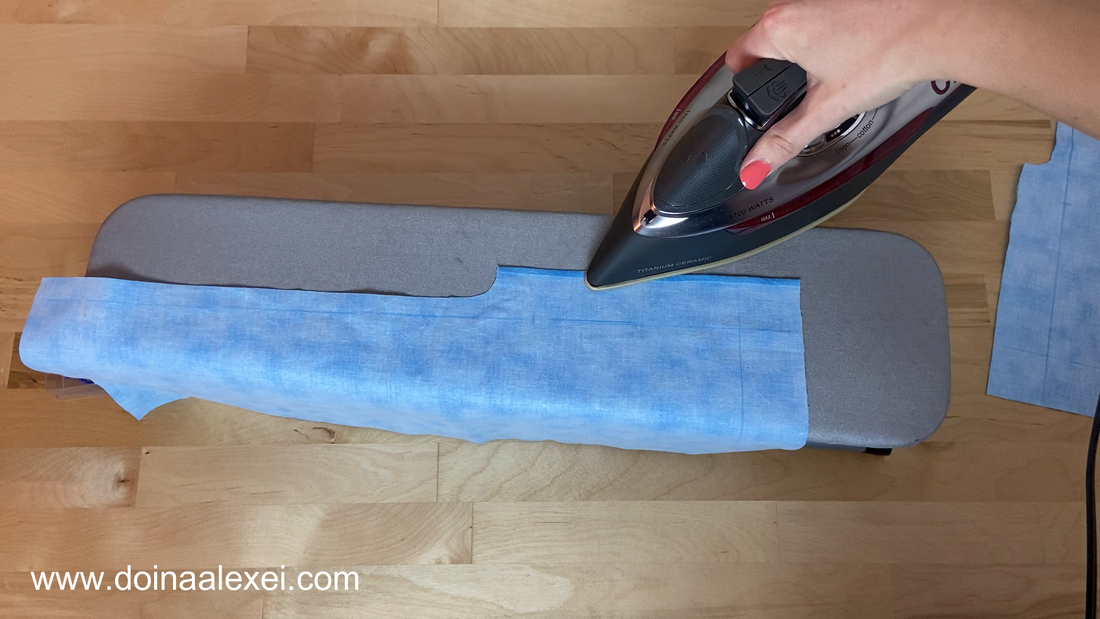
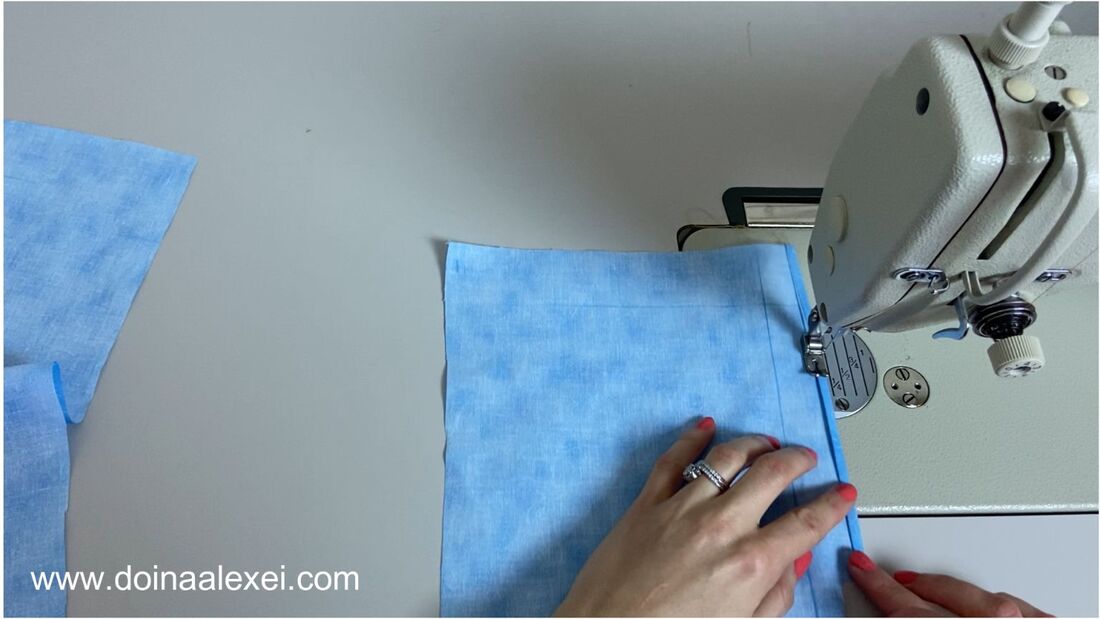
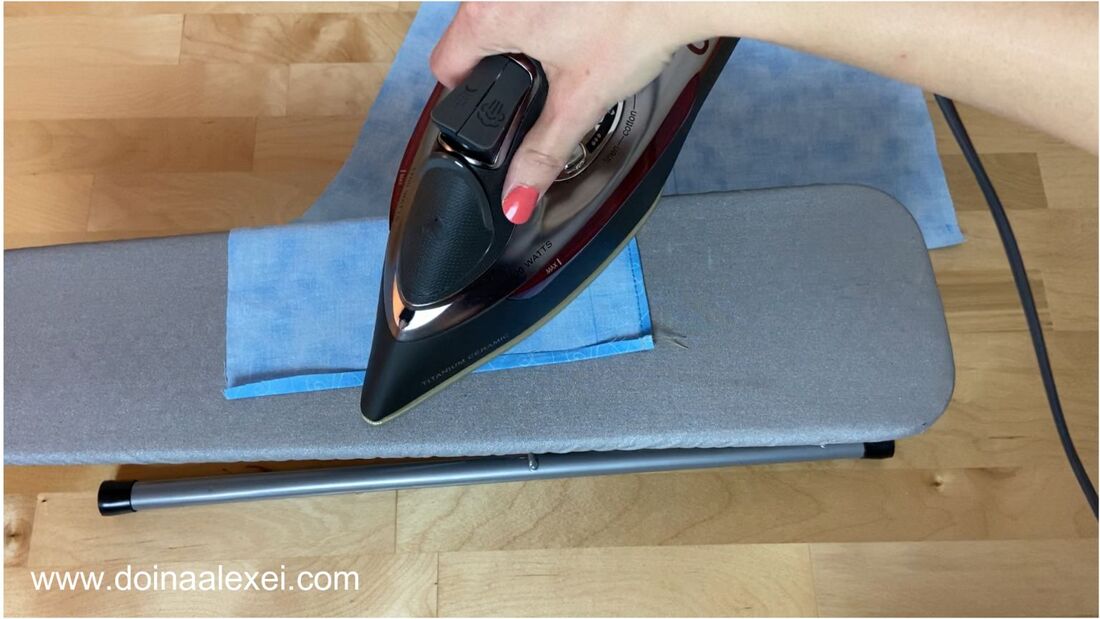
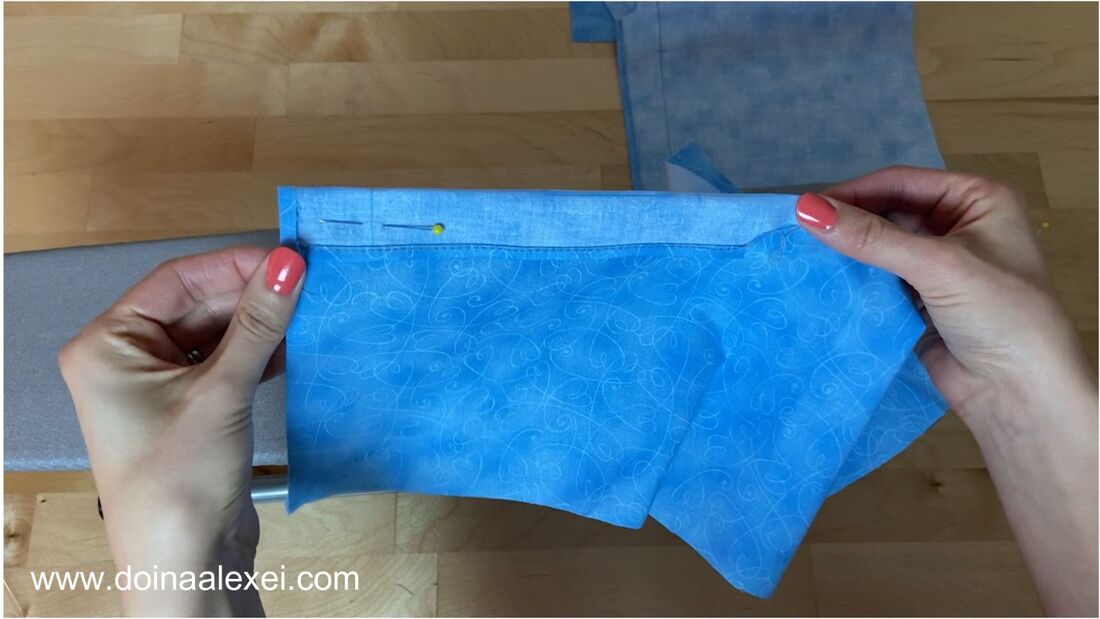
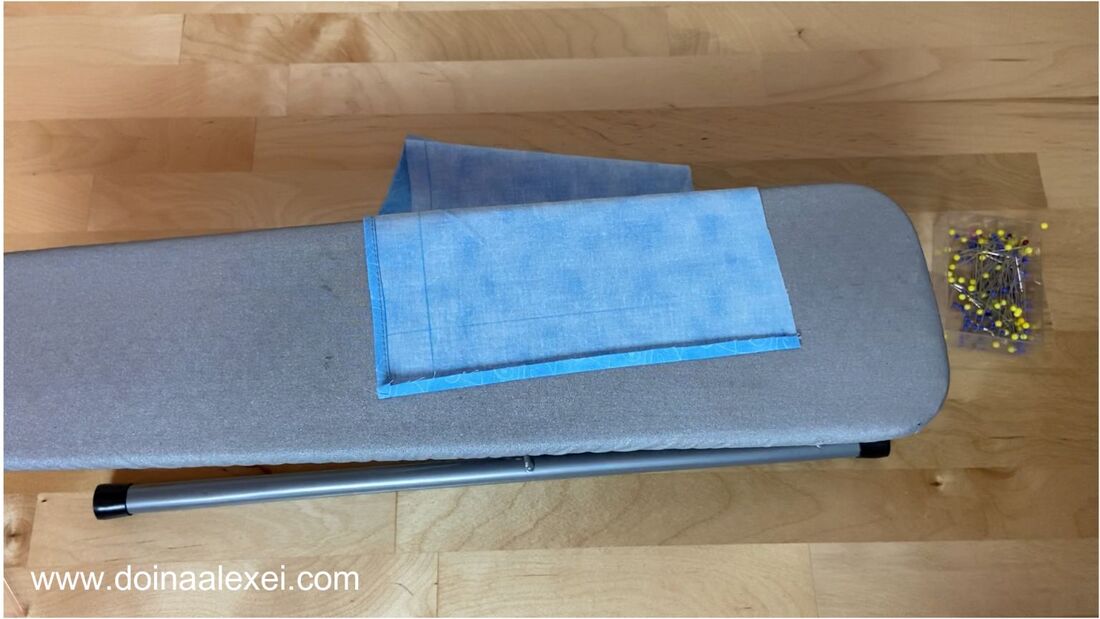
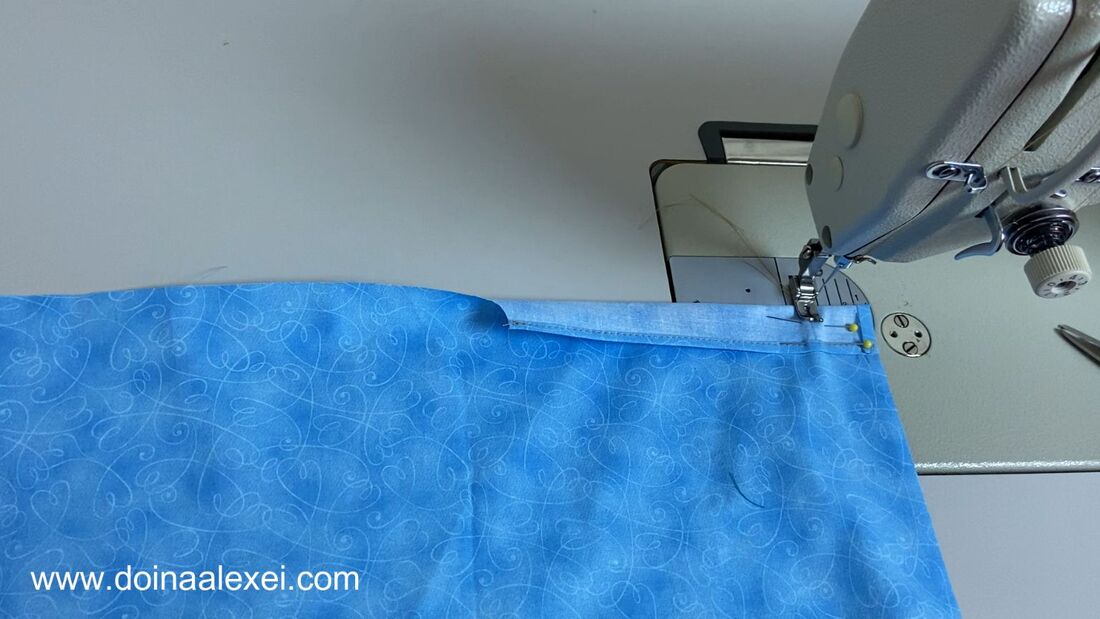
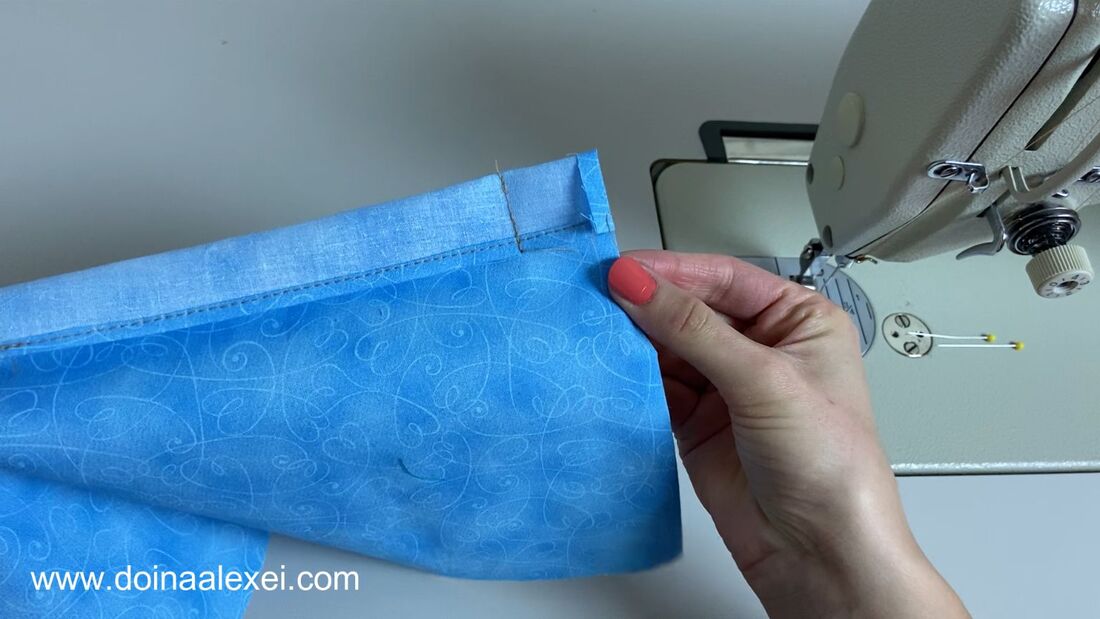
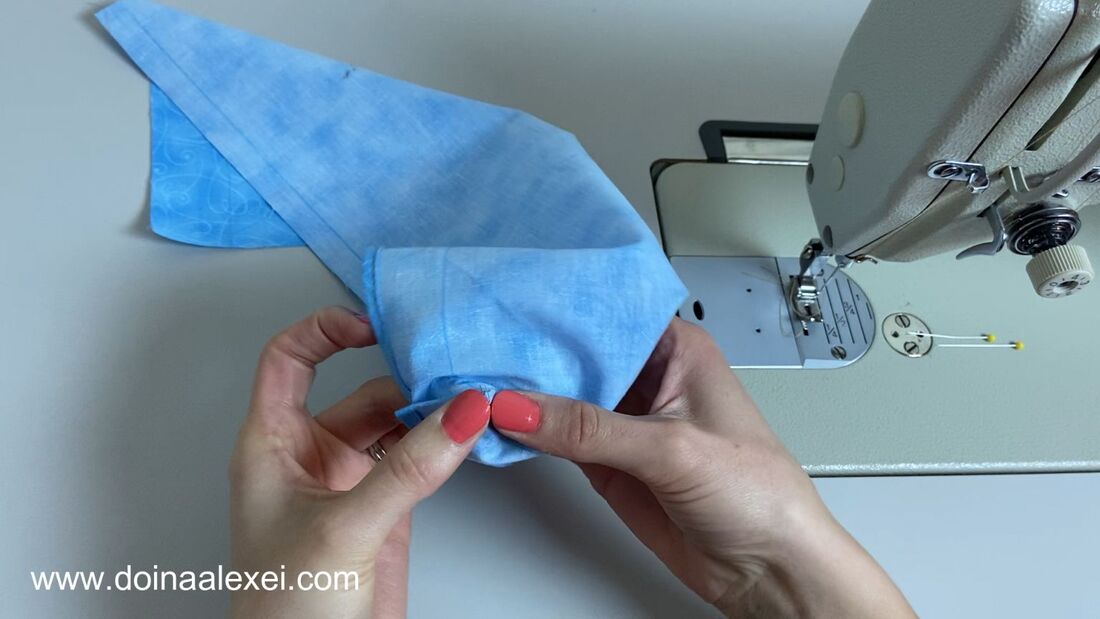

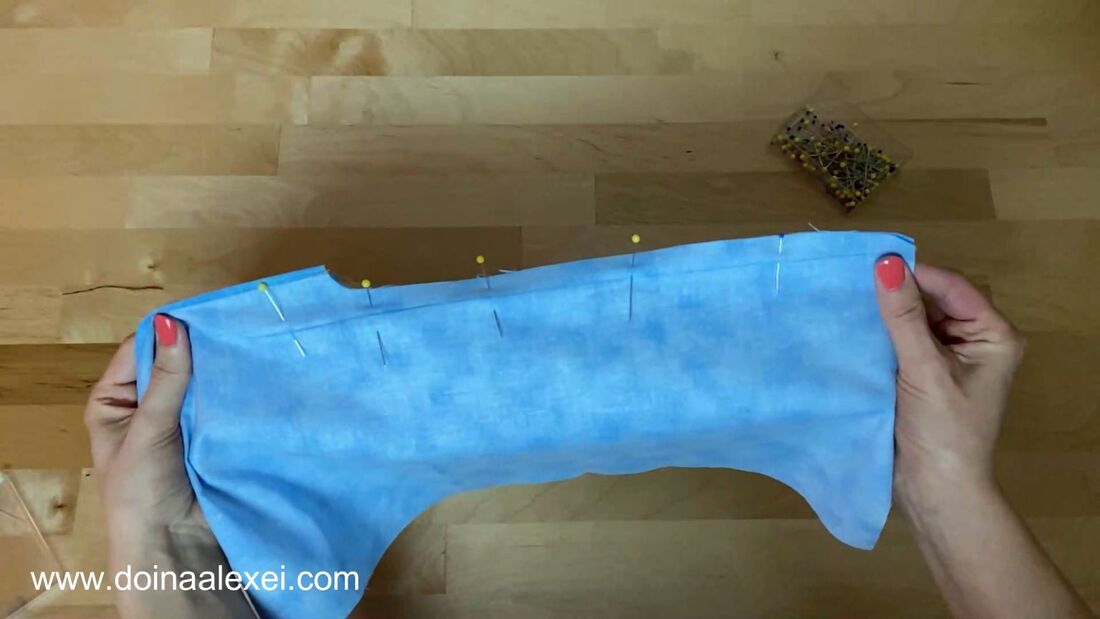
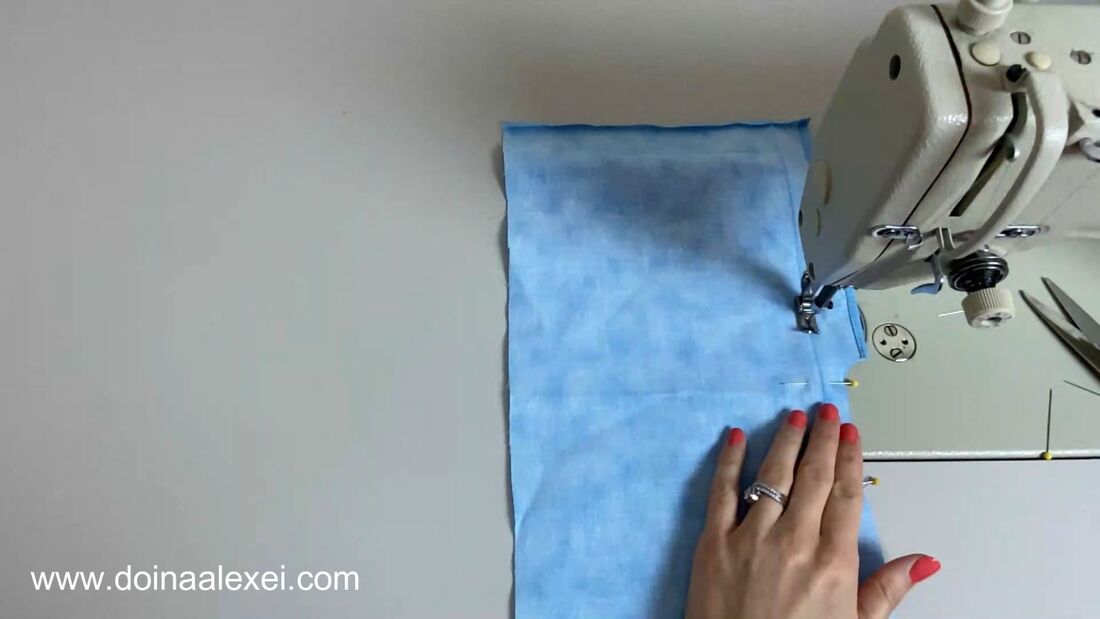
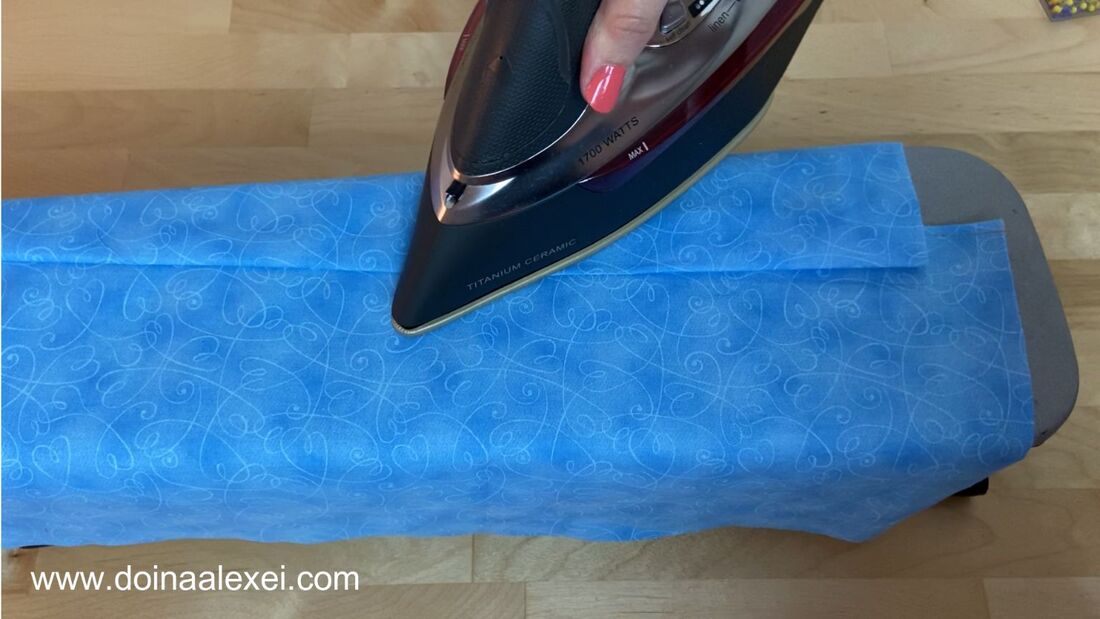
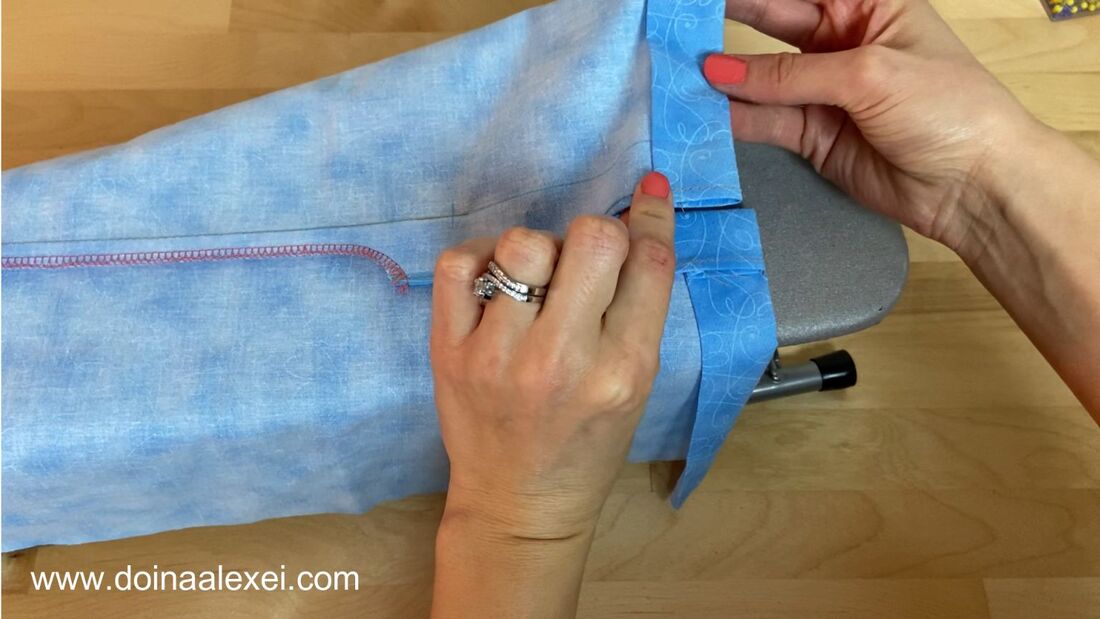
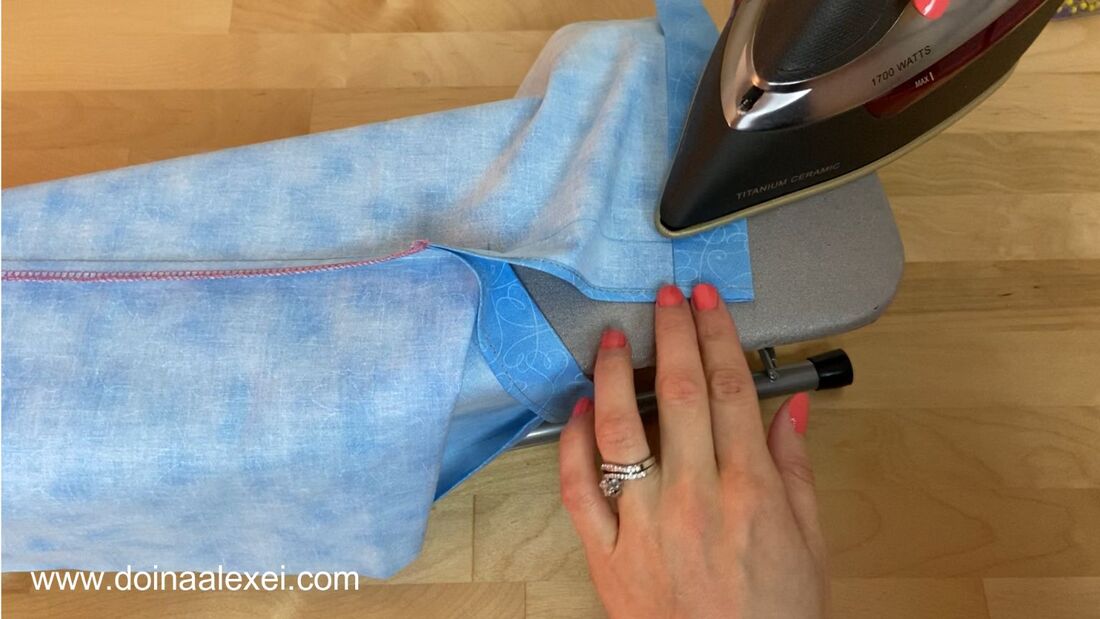
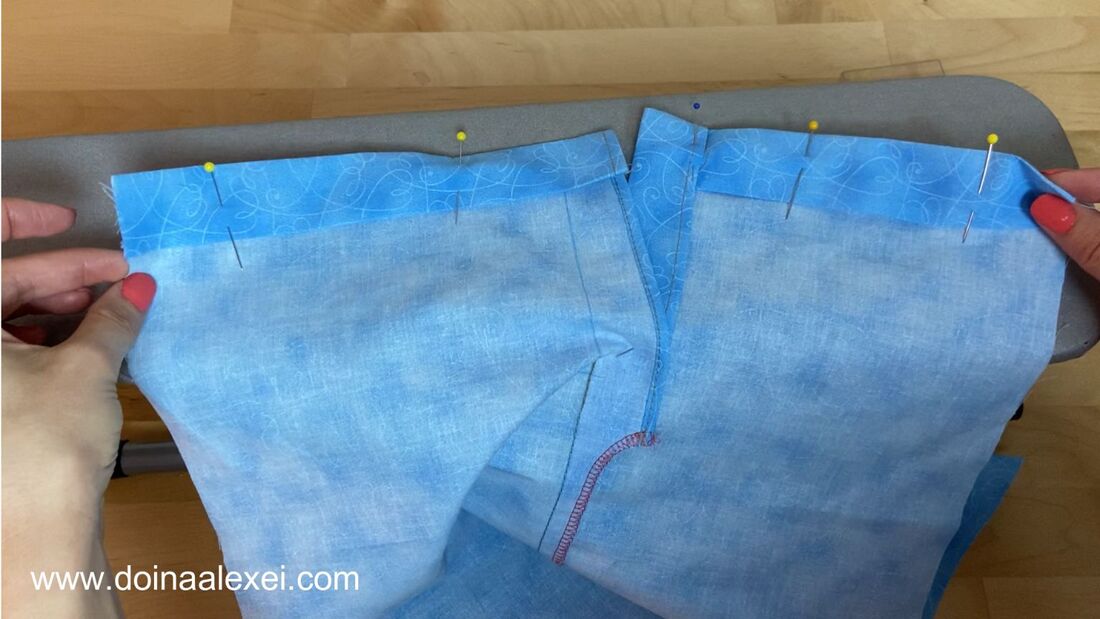
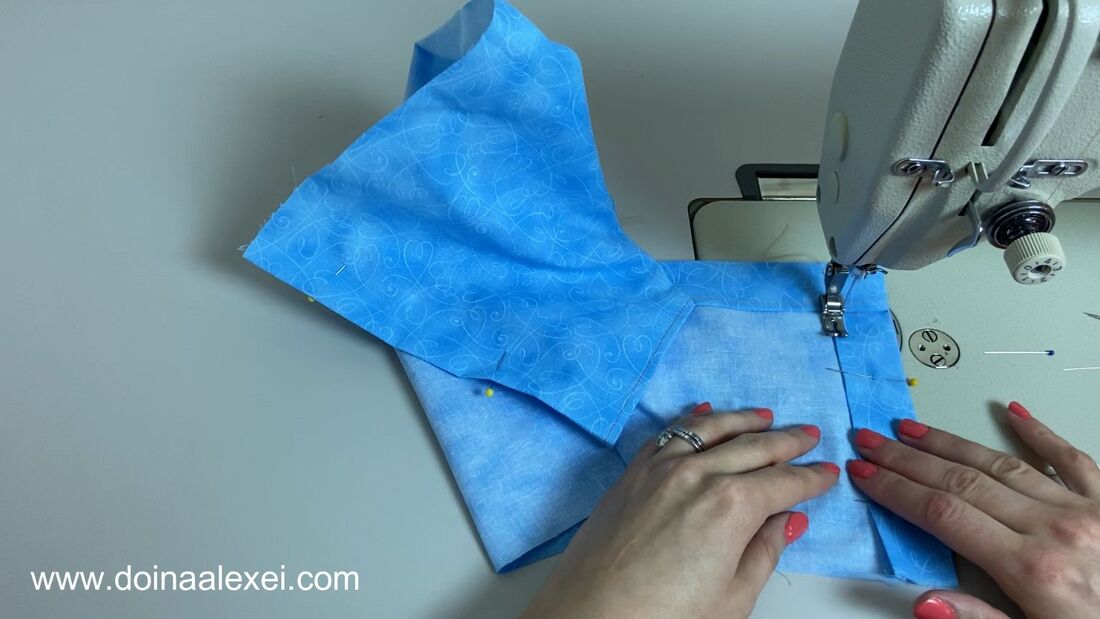
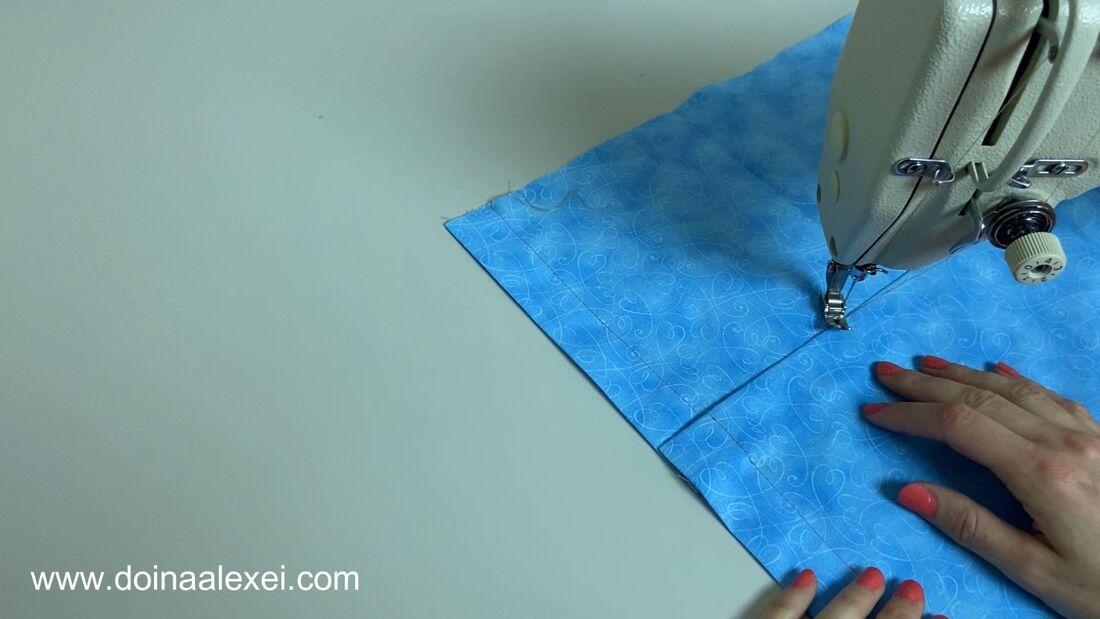
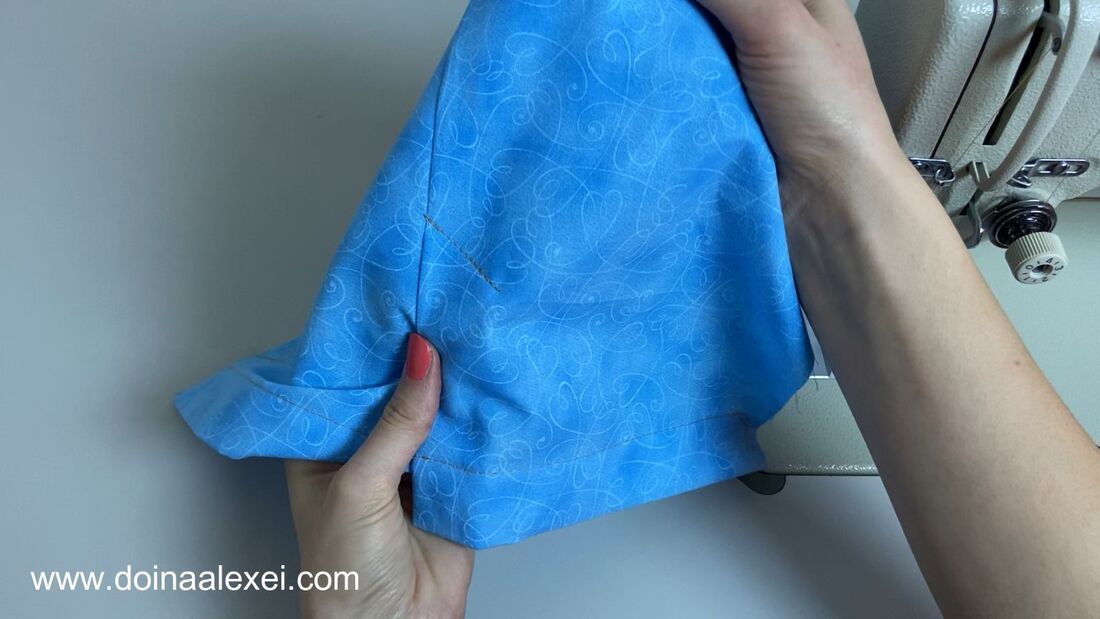
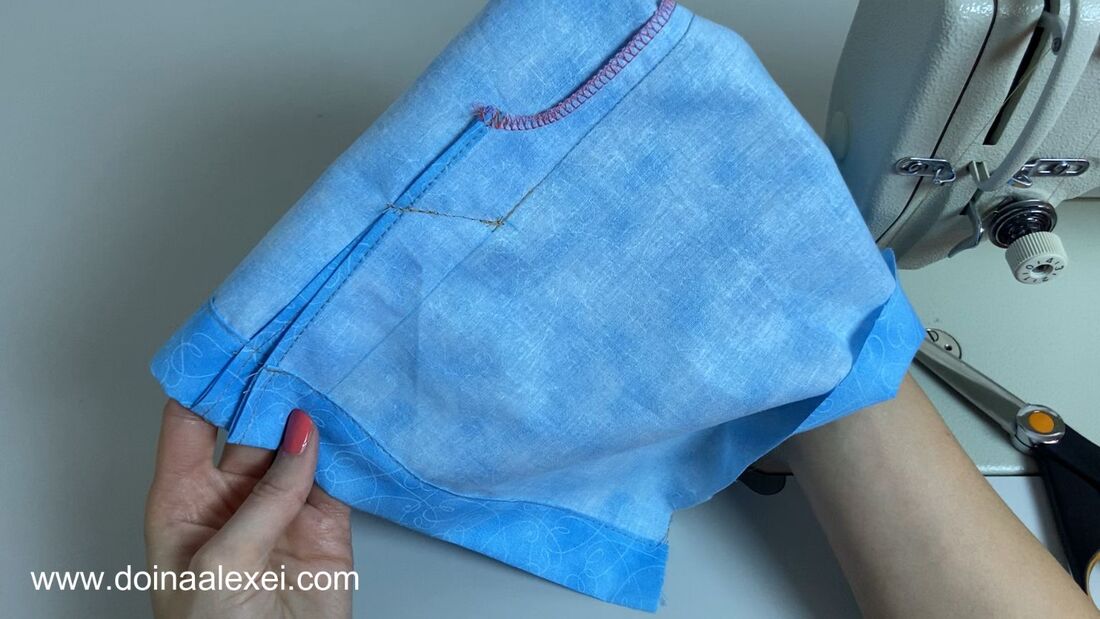

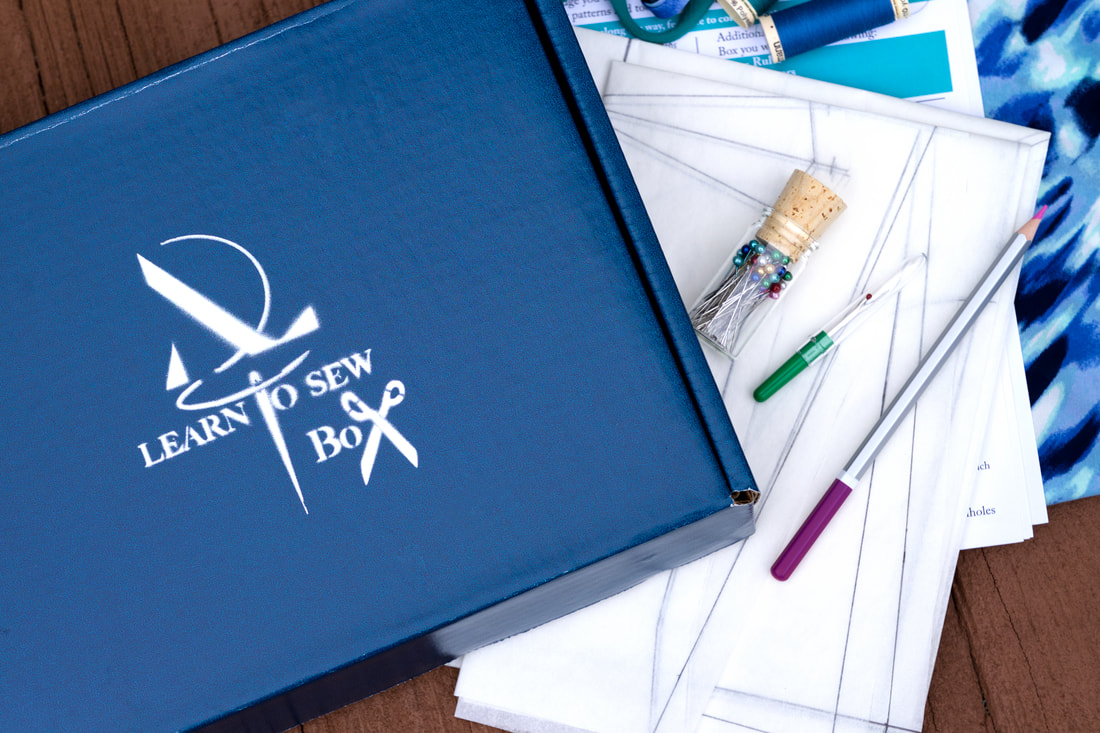


 RSS Feed
RSS Feed

